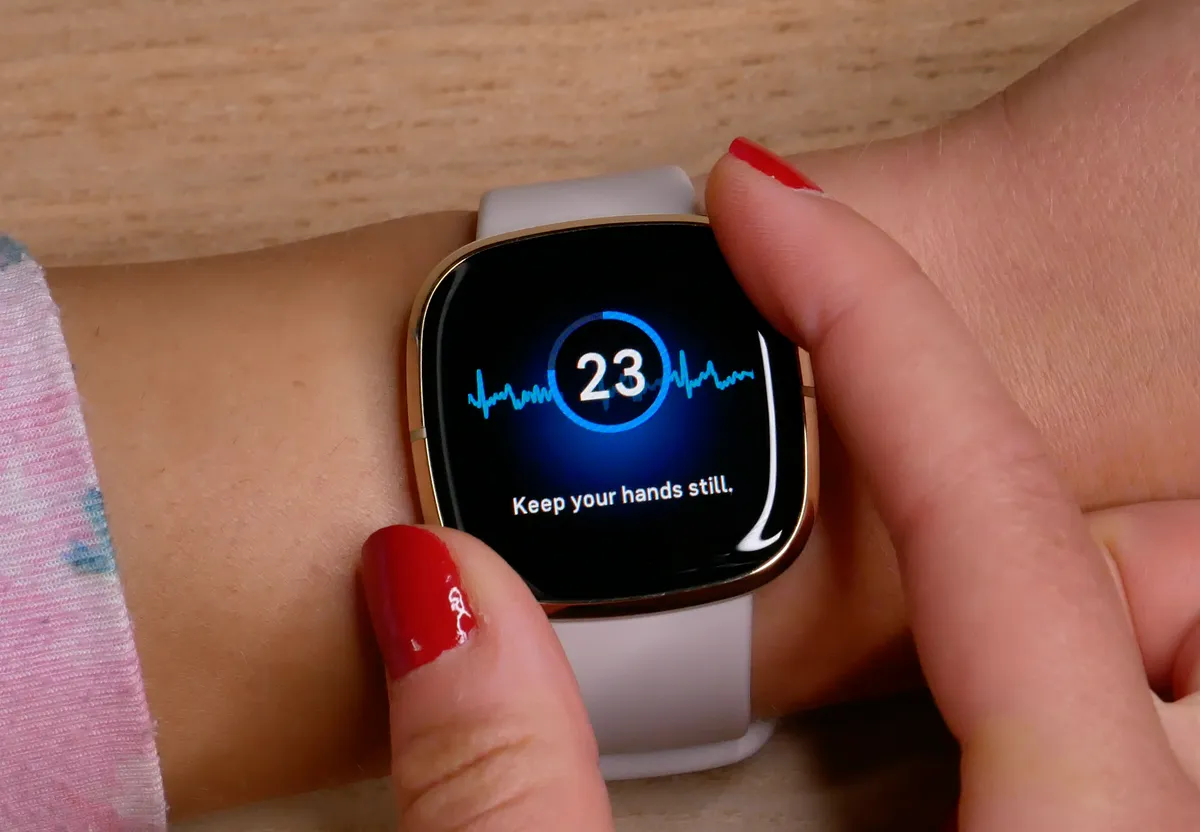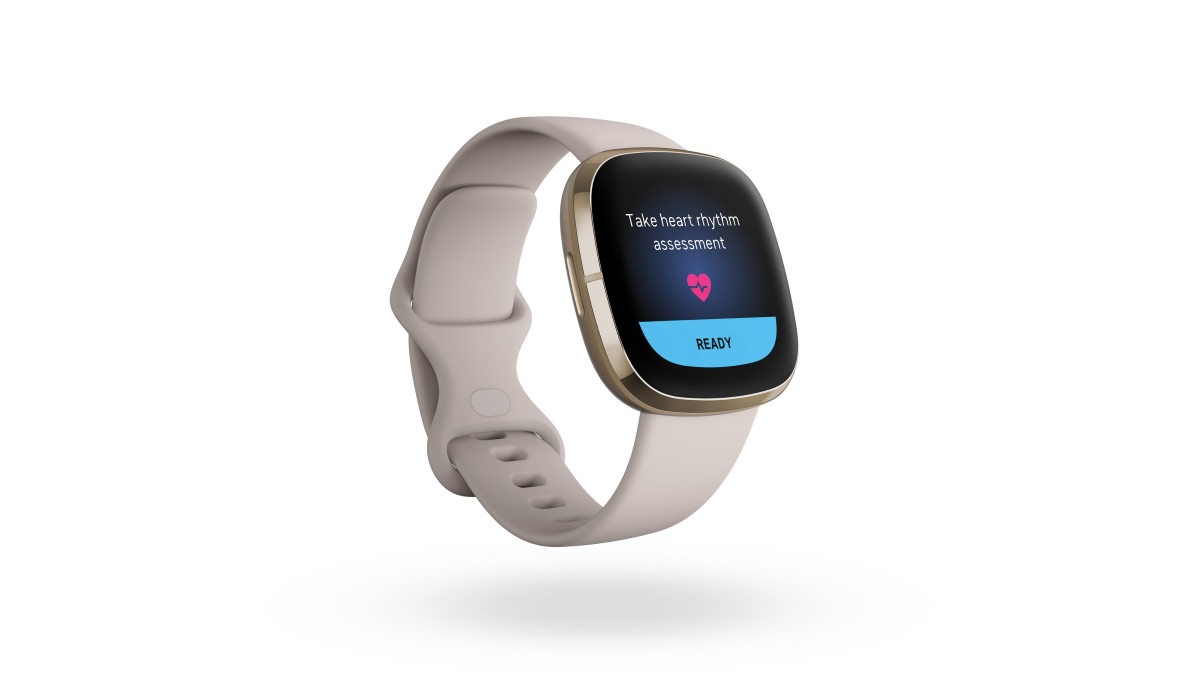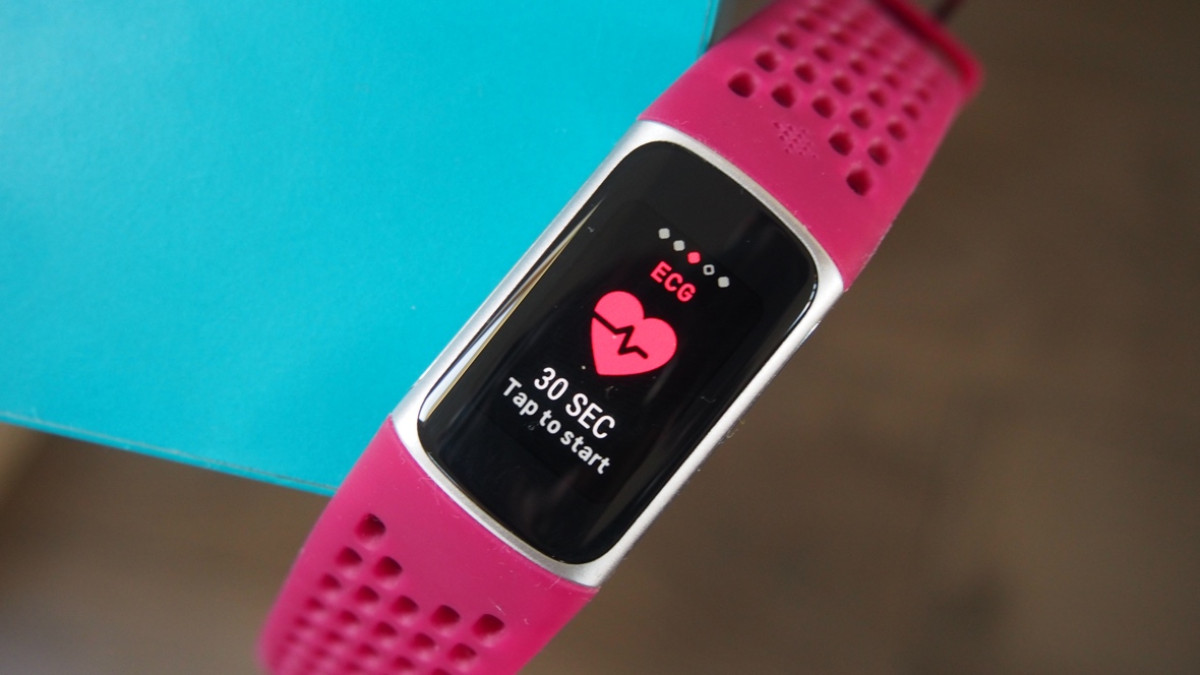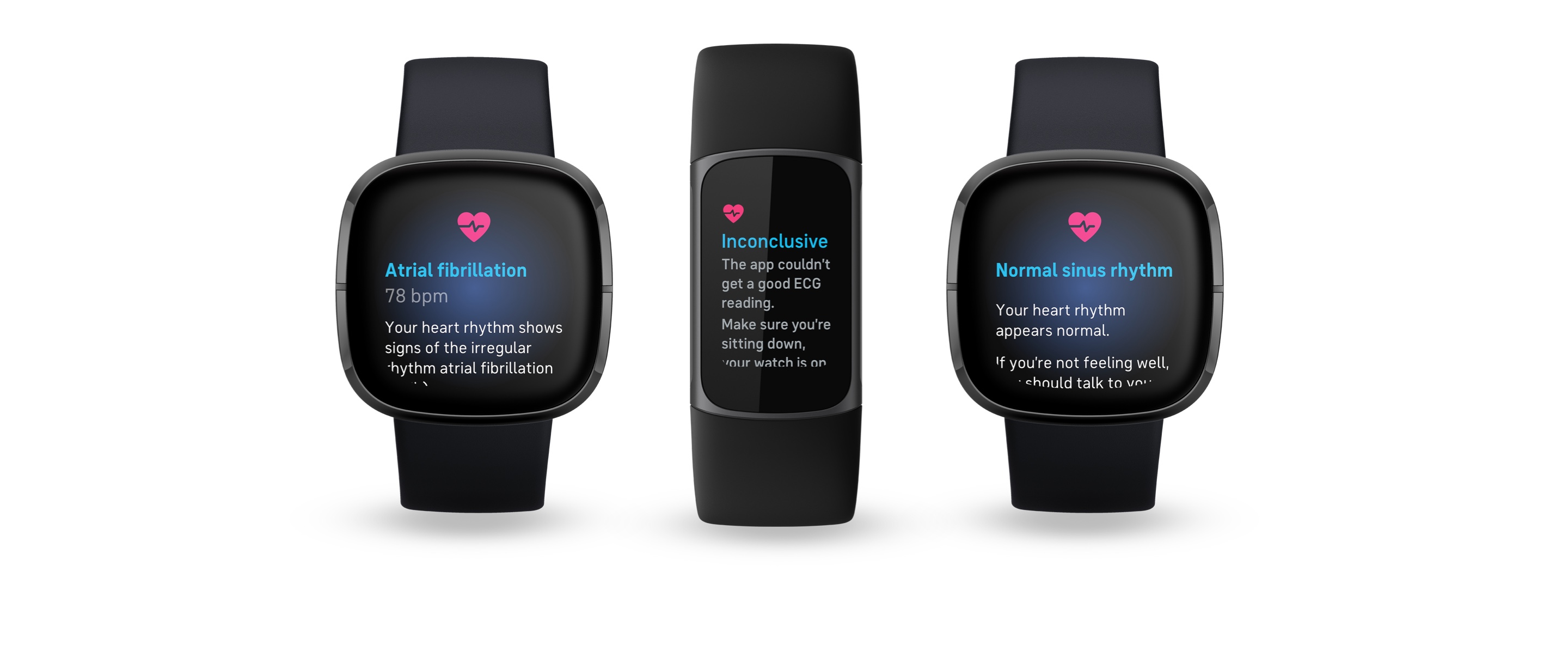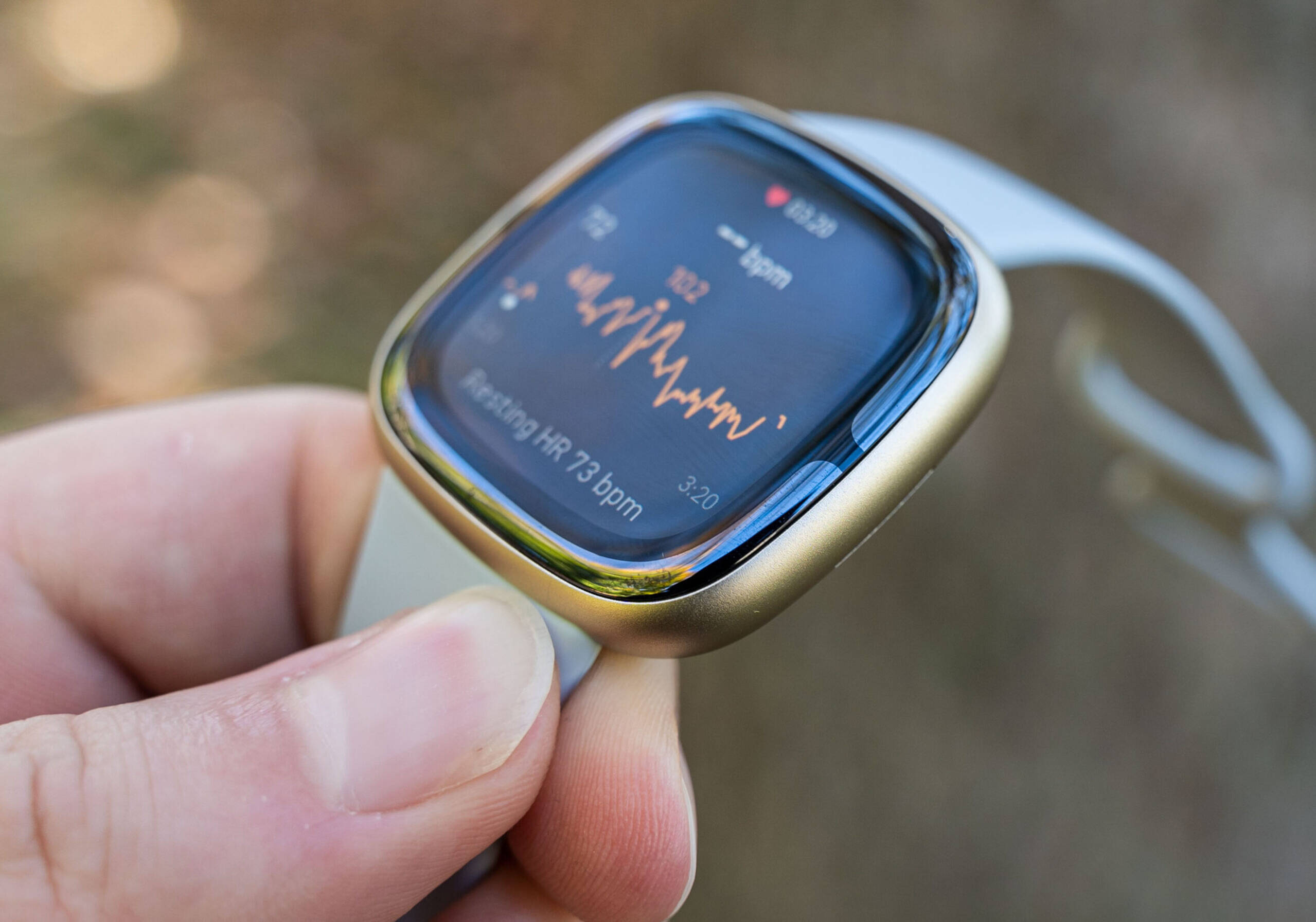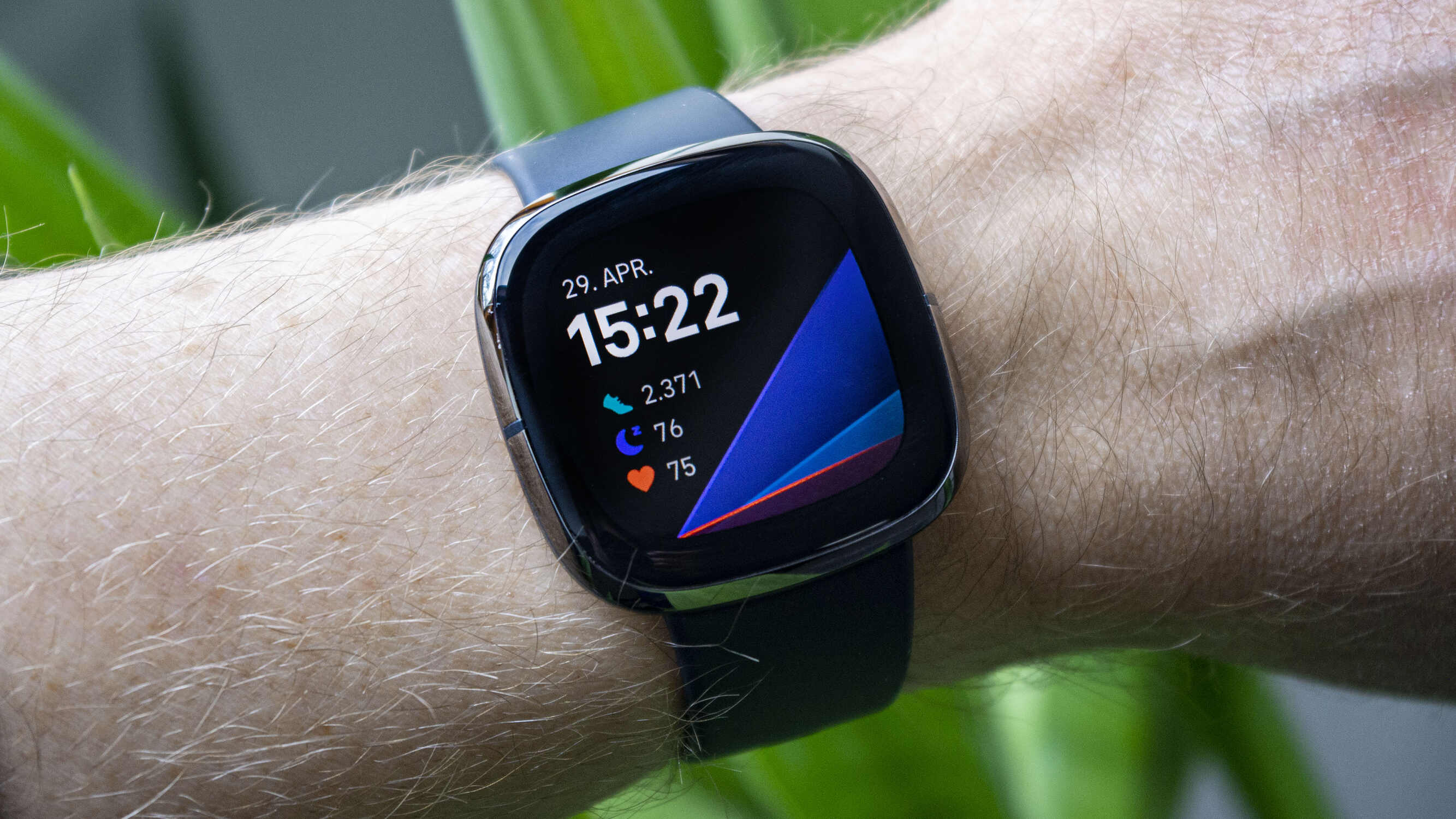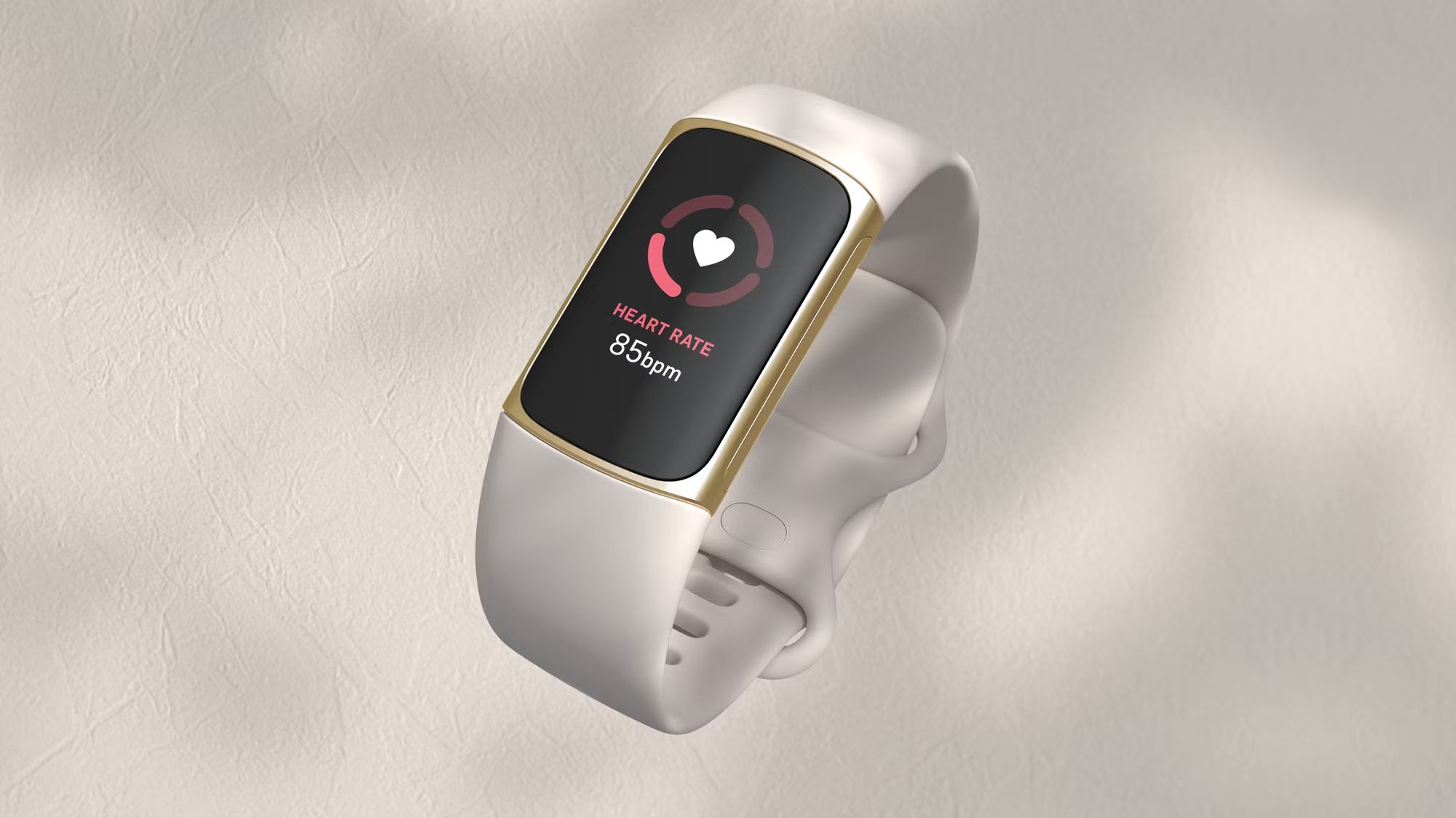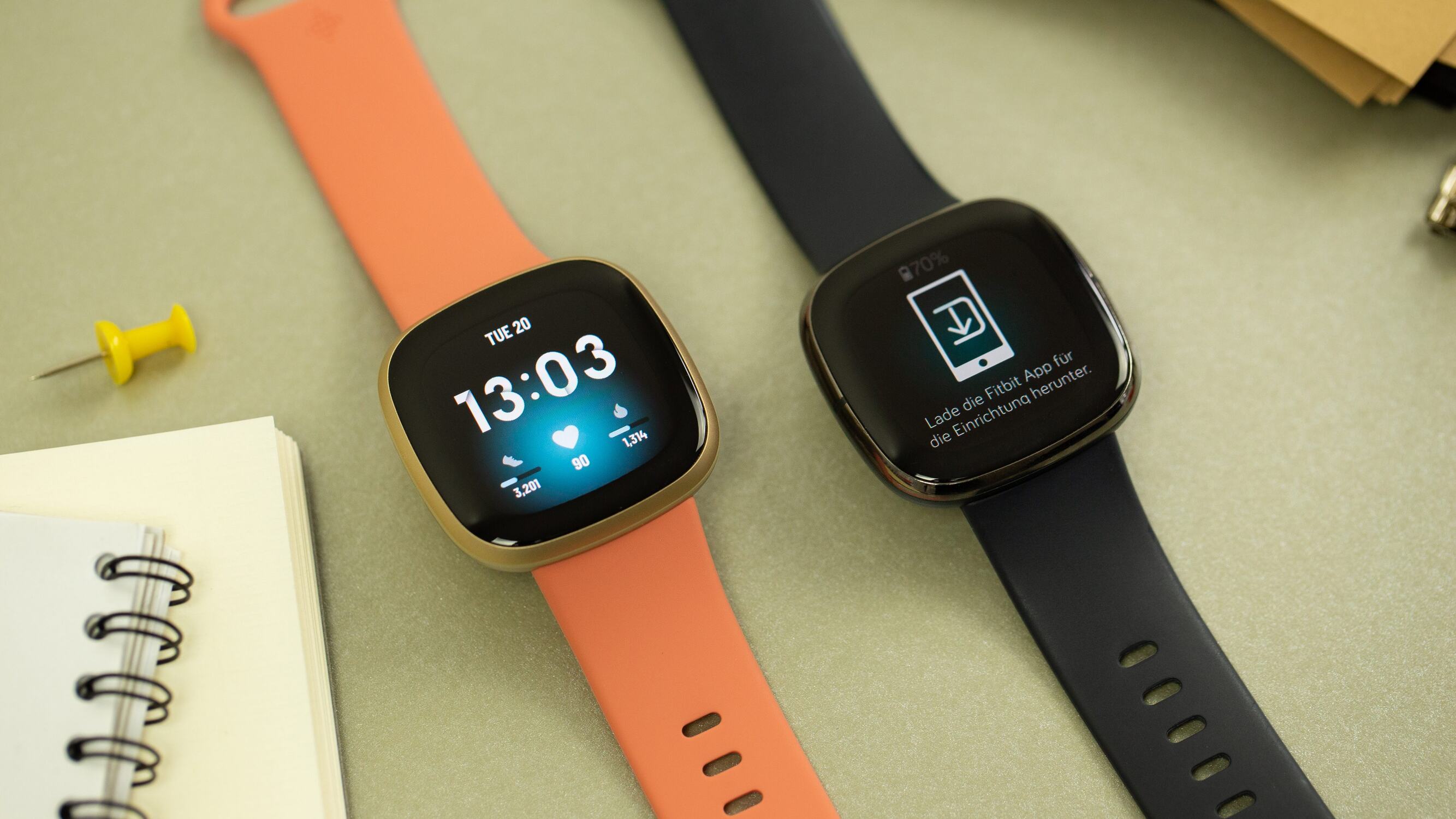What is ECG?
An electrocardiogram, commonly known as an ECG, is a diagnostic test that records the electrical activity of the heart over a period of time. This non-invasive procedure is crucial for assessing the heart's rhythm and detecting any potential cardiac abnormalities. By capturing the electrical impulses that trigger each heartbeat, an ECG provides valuable insights into the heart's overall health and functionality.
During an ECG, small electrodes are strategically placed on the chest, arms, and legs to detect the electrical signals produced by the heart. These electrodes are connected to a machine that records the electrical activity, generating a visual representation of the heart's rhythm and electrical patterns. The resulting ECG waveform, displayed on graph paper or a digital monitor, showcases the intricate interplay of the heart's electrical signals, enabling healthcare professionals to identify irregularities or abnormalities.
The ECG waveform consists of several distinct components, each of which corresponds to specific events in the cardiac cycle. The P wave represents the electrical impulse that initiates the heartbeat, followed by the QRS complex, which signifies the depolarization of the ventricles. Lastly, the T wave reflects the repolarization of the ventricles as the heart prepares for the next contraction. By analyzing the shape, duration, and intervals of these waveform components, healthcare providers can gain valuable insights into the heart's condition.
Overall, an ECG serves as a fundamental tool for diagnosing various cardiac conditions, including arrhythmias, heart attacks, and abnormalities in the heart's structure. With its ability to capture the heart's electrical activity in real time, an ECG plays a pivotal role in guiding medical decisions and formulating effective treatment plans for individuals with heart-related concerns.
How does ECG work on Fitbit?
Fitbit, a renowned leader in wearable technology, has integrated ECG functionality into its advanced devices to empower users with comprehensive insights into their heart health. The incorporation of ECG technology into Fitbit's ecosystem represents a significant advancement in personal health monitoring, offering users the ability to conveniently perform ECG measurements from their wrists.
The ECG feature on Fitbit devices, such as the Fitbit Sense, operates by leveraging built-in electrodes on the device's underside. These electrodes come into direct contact with the user's skin, enabling the device to detect and record the electrical signals produced by the heart. This seamless integration of ECG technology into a wearable device underscores Fitbit's commitment to delivering accessible and user-friendly health monitoring solutions.
Upon initiating an ECG recording on a Fitbit device, users simply need to place their fingers on the designated electrodes for the duration of the measurement. The device then captures the heart's electrical activity, generating a detailed ECG waveform that is subsequently analyzed for irregularities or abnormalities. This process is designed to be intuitive and straightforward, allowing users to perform ECG measurements with ease and convenience.
The captured ECG data is then processed within the Fitbit app, where users can access comprehensive insights into their heart rhythm and electrical patterns. Fitbit's user-friendly interface presents the ECG results in a clear and understandable format, empowering individuals to gain valuable knowledge about their heart health. Additionally, users have the option to share the ECG data with healthcare professionals for further analysis and interpretation.
The integration of ECG technology into Fitbit devices represents a remarkable convergence of cutting-edge wearable technology and essential health monitoring capabilities. By enabling users to perform ECG measurements directly from their wrists, Fitbit has significantly enhanced accessibility to vital cardiac insights, thereby fostering proactive heart health management.
In essence, the incorporation of ECG functionality into Fitbit devices exemplifies the brand's unwavering dedication to empowering individuals with actionable health data, ultimately contributing to enhanced well-being and proactive heart health management.
Benefits of using ECG on Fitbit
The integration of ECG technology into Fitbit devices offers a myriad of compelling benefits, revolutionizing the landscape of personal health monitoring and empowering users with invaluable insights into their heart health.
-
Comprehensive Heart Health Monitoring: Fitbit's ECG functionality enables users to gain a comprehensive understanding of their heart's rhythm and electrical activity. By leveraging this feature, individuals can proactively monitor for potential irregularities or abnormalities in their cardiac function, fostering a heightened awareness of their heart health.
-
Early Detection of Cardiac Abnormalities: The utilization of ECG on Fitbit facilitates the early detection of cardiac irregularities, such as arrhythmias or atrial fibrillation. This proactive identification of potential heart issues empowers users to seek timely medical intervention, ultimately contributing to improved health outcomes.
-
Enhanced User Empowerment: The incorporation of ECG technology into Fitbit devices aligns with the brand's commitment to empowering users with actionable health data. By offering the capability to perform ECG measurements directly from their wrists, Fitbit facilitates user-driven health monitoring, enabling individuals to take a proactive approach to their heart health management.
-
Seamless Integration with Daily Routine: Fitbit's ECG feature seamlessly integrates into users' daily routines, allowing for convenient and on-the-go heart health monitoring. This effortless accessibility to ECG measurements promotes consistent monitoring and empowers individuals to prioritize their heart health amidst their busy lifestyles.
-
Facilitation of Informed Healthcare Discussions: The ECG data captured by Fitbit devices equips users with valuable insights that can be shared with healthcare professionals. This facilitates informed discussions and enables healthcare providers to make well-informed assessments, leading to personalized care plans tailored to individual heart health needs.
-
Holistic Health Management: By incorporating ECG functionality, Fitbit reinforces its commitment to fostering holistic health management. The comprehensive insights provided by ECG measurements complement Fitbit's existing array of health tracking features, enabling users to embrace a well-rounded approach to their overall well-being.
In essence, the integration of ECG technology into Fitbit devices represents a pivotal advancement in personal health monitoring, offering users a wealth of benefits that contribute to proactive heart health management and informed decision-making. By leveraging ECG functionality, individuals can embark on a journey towards enhanced heart health awareness, early detection of potential cardiac irregularities, and proactive engagement with their well-being.
How to interpret ECG readings on Fitbit
Interpreting ECG readings on Fitbit is a valuable skill that empowers users to gain meaningful insights into their heart health. The ECG waveform generated by Fitbit devices provides a visual representation of the heart's electrical activity, encompassing essential information that can be deciphered to assess cardiac rhythm and identify potential irregularities. Understanding how to interpret ECG readings on Fitbit is pivotal in harnessing the full potential of this advanced health monitoring capability.
Upon capturing an ECG reading with a Fitbit device, users are presented with a detailed ECG waveform within the Fitbit app. This waveform comprises distinct components, including the P wave, QRS complex, and T wave, each of which corresponds to specific events in the cardiac cycle. The shape, duration, and intervals of these waveform components hold significant relevance in the interpretation of ECG readings.
The P wave represents the electrical impulse that initiates the heartbeat, signifying the depolarization of the atria. A well-defined and consistent P wave indicates normal atrial electrical activity. Deviations in the P wave morphology or its absence may suggest underlying atrial abnormalities that warrant further attention.
The QRS complex reflects the depolarization of the ventricles, signifying the initiation of ventricular contraction. A normal QRS complex exhibits a specific duration and configuration, indicative of synchronized ventricular activation. Irregularities in the QRS complex, such as widened or abnormally shaped waveforms, can signify conduction disturbances or ventricular abnormalities.
The T wave represents the repolarization of the ventricles as the heart prepares for the next contraction. A discernible T wave with consistent morphology indicates normal ventricular repolarization. Alterations in the T wave, such as flattening or inversion, may signal underlying cardiac issues, including ischemia or electrolyte imbalances.
In addition to assessing the individual components of the ECG waveform, the overall rhythm and regularity of the heart's electrical activity are crucial considerations in interpreting ECG readings on Fitbit. The presence of consistent and organized waveforms denotes normal sinus rhythm, indicative of a healthy cardiac pattern. Conversely, irregularities in the rhythm, such as irregular spacing between waveforms or the presence of additional waveforms, may suggest arrhythmias or other cardiac irregularities.
Furthermore, the measurement of intervals between waveform components, such as the PR interval and QT interval, contributes to a comprehensive interpretation of ECG readings. Deviations from normal intervals can provide valuable indications of conduction abnormalities or potential cardiac issues.
By comprehensively analyzing the ECG waveform and considering the various elements of the cardiac cycle, users can effectively interpret ECG readings on Fitbit, gaining valuable insights into their heart's electrical activity. This interpretation process empowers individuals to identify potential irregularities, seek timely medical advice, and actively engage in proactive heart health management.
In essence, mastering the art of interpreting ECG readings on Fitbit equips users with the knowledge to discern meaningful patterns within the ECG waveform, fostering heightened awareness of their heart health and facilitating informed discussions with healthcare professionals. This proficiency in ECG interpretation underscores the transformative impact of Fitbit's ECG functionality in empowering individuals to take proactive measures towards maintaining optimal heart health.
When to consult a healthcare professional based on ECG results
Interpreting ECG results is a critical aspect of proactive heart health management, and knowing when to consult a healthcare professional based on ECG findings is paramount in ensuring timely intervention and personalized care. While ECG readings on Fitbit devices provide valuable insights into the heart's electrical activity, certain indicators warrant prompt consultation with a healthcare provider to address potential cardiac irregularities.
-
Identification of Arrhythmias: If the ECG readings exhibit irregularities in the heart's rhythm, such as the presence of abnormal or inconsistent waveforms, it may indicate the presence of arrhythmias. These irregularities can include atrial fibrillation, tachycardia, or bradycardia. Consulting a healthcare professional is crucial in such instances to undergo further evaluation, as arrhythmias can significantly impact heart function and require specialized management.
-
Detection of Conduction Abnormalities: ECG results that reveal abnormalities in the QRS complex or intervals, such as prolonged QT intervals or widened QRS durations, may signify conduction disturbances within the heart. These findings necessitate prompt consultation with a healthcare professional to assess the underlying conduction issues and initiate appropriate interventions to mitigate potential risks.
-
Presence of Ischemic Changes: ECG readings that indicate ischemic changes, such as ST segment deviations or T wave inversions, raise concerns regarding the heart's blood supply. These findings can signify myocardial ischemia or infarction, highlighting the need for immediate medical attention to evaluate cardiac health and implement targeted interventions to address ischemic concerns.
-
Unexplained Symptoms: When individuals experience unexplained symptoms such as chest pain, palpitations, dizziness, or shortness of breath, and the ECG results do not align with normal cardiac patterns, seeking consultation with a healthcare professional is imperative. These symptoms, when coupled with abnormal ECG findings, warrant comprehensive evaluation to identify potential underlying cardiac issues.
-
Persistent ECG Abnormalities: If ECG readings consistently display abnormalities across multiple measurements, despite adherence to proper measurement techniques and optimal conditions, it signifies the need for professional assessment. Persistent ECG irregularities necessitate thorough evaluation by a healthcare provider to determine the underlying causes and formulate tailored management strategies.
In essence, consulting a healthcare professional based on ECG results is essential when the findings indicate arrhythmias, conduction abnormalities, ischemic changes, unexplained symptoms, or persistent irregularities. Timely collaboration with healthcare providers enables individuals to receive personalized care, undergo further diagnostic assessments, and embark on tailored treatment pathways aimed at optimizing heart health. By recognizing the significance of specific ECG indicators and proactively seeking medical guidance, individuals can prioritize their well-being and actively engage in comprehensive heart health management.







